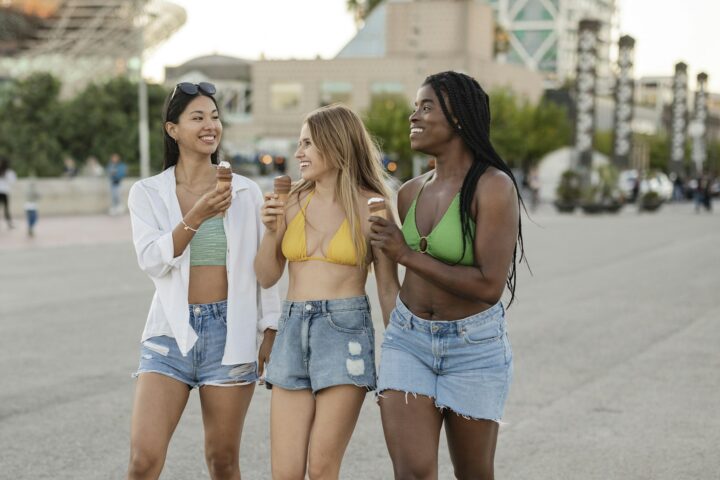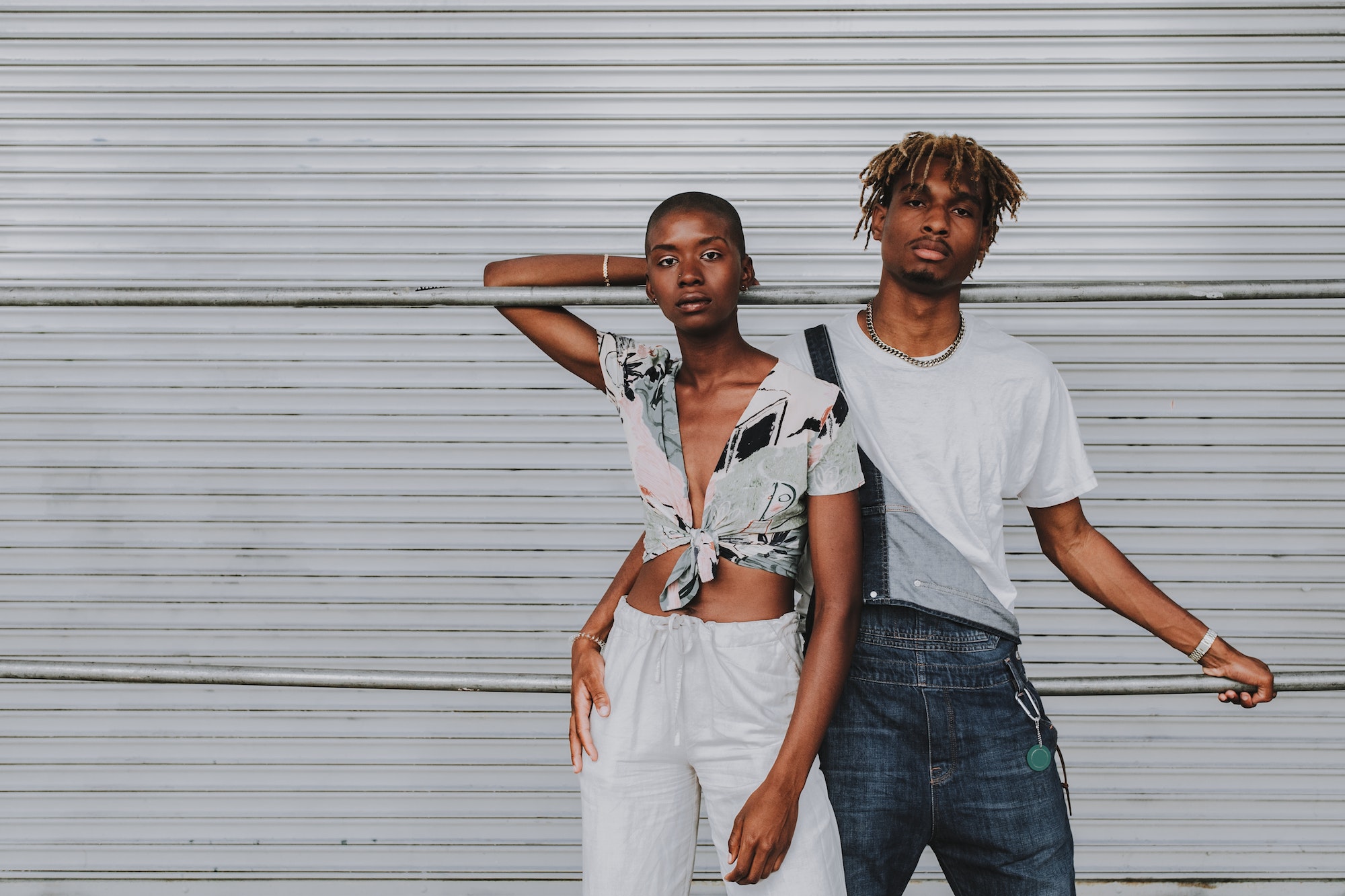According to Article 19 of the universal declaration of human rights, every individual has the right to freedom of expression, including the right to hold opinions and to seek, receive and impart ideas and information by any means without regard to frontiers. It is a crucial aspect of any democracy and a fundamental right, which enables people to challenge authority and promote social change.
Fashion is subjective and allows individuals to express their identity, personality and emotions. It also acts as a mirror of the society and it can facilitate the democratic ideal and foster community connection.
The relationship between fashion and freedom of expression is multifaceted. Fashion can be used as a form of communication and can create a sense of belonging or differentiation. It could be a means to conform to social expectations or to rebel against them.
Throughout history, governments have either forced people to wear particular clothing or tried to wipe out clothing they did not approve of. For example, Jews were forced to wear a yellow star in Nazi Germany. There have been many cases when fashion has been used as a tool for social change.
- The San Culottes movement – In 18th century France, French revolutionists were named San Culottes, which meant without breeches. It aimed to target their low-class status as they wore full-length trousers in place of breeches over stockings. To combat this, a uniform of loose-fitting clothing was adopted. This was the celebration of a new freedom of expression that would continue into the future.
- The Suffrage movement – It campaigned for women’s right to vote in the early 19th century. They used fashion to advocate their cause by emphasizing feminine appearance. Tailored suits were introduced. White was used to symbolize purity and innocence. Purple for loyalty and dignity and green for hope and freedom. Colours not only unified the movement but also served as a visual representation of their goals. All this led to the first wave of feminism.
- The Black Panther movement – this was a campaign by Black Americans against racial discrimination. They tried to send a message through their fashion choices, which included a black leather jacket, black pants, dark sunglasses and a black beret. It helped manifest the ‘black is beautiful’ sentiment.
Presently, the LGTBQ+ community is a leading example of how fashion can be used as a tool for empowerment and self-expression. They are challenging gender norms and using Rainbow colours to represent diversity. It is a powerful symbol of pride and identity.
In conclusion, fashion has been used as a powerful tool to bring about social and political changes. It is clear that banning any type of freedom of expression is not healthy and is an indication of the nation’s fear of allowing the people to think, speak and act. The government must support the act of being able to make a personal choice, even when it does approve of it.
In all the social movements people used fashion to express rebellion against the rules of society. It provided them with a collective identity and showed people new perspectives and played an important role in promoting inclusivity.
References
https://journals.sagepub.com/doi/full/10.1177/0306422016685961
https://www.thecollector.com/how-social-movements-activism-influenced-fashion-history/










